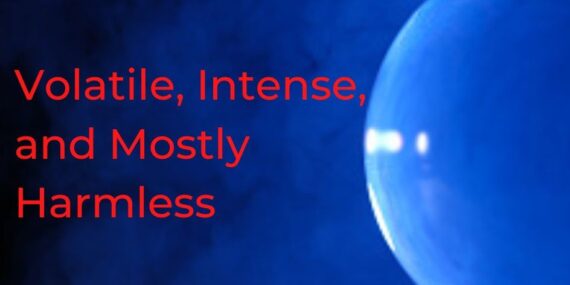ChatGPT Is Not Intelligence
Artificial intelligence is disrupting all software and services – when applied within narrow and specific parameters. It performs useful tasks and provides meaningful information for decision-makers but within well-defined data sets.AI still has significant limitations, and large language artificial general intelligence programs like ChatGPT (AGI) may not be the big leap forward many imagine. It is not the vanguard of a new era permeating every aspect of our professional, academic, and personal life. AGI’s usefulness is overstated, and it is not going to happen. Intelligence is not a lumbering statistical engine searching for patterns to generate a useful response. AGI is. The predictions of AGI are superficial and dubious. True intelligence is the ability to think and express improbable but insightful ideas (e.g., Einstein’s Theory of Relativity, Newton’s Laws of Motion, and many other improbable, insightful, and truly intelligent insights). Machine learning cannot do this. ChatGPT is a lumbering statistical engine searching for pattern recognition and feeding on incomprehensible terabytes of data and extrapolating the most probable answer. By contrast, the human mind is an efficient elegant system operating with small amounts of information. Human intelligence creates explanations. It does not infer conclusions by brute force and spurious correlations.










